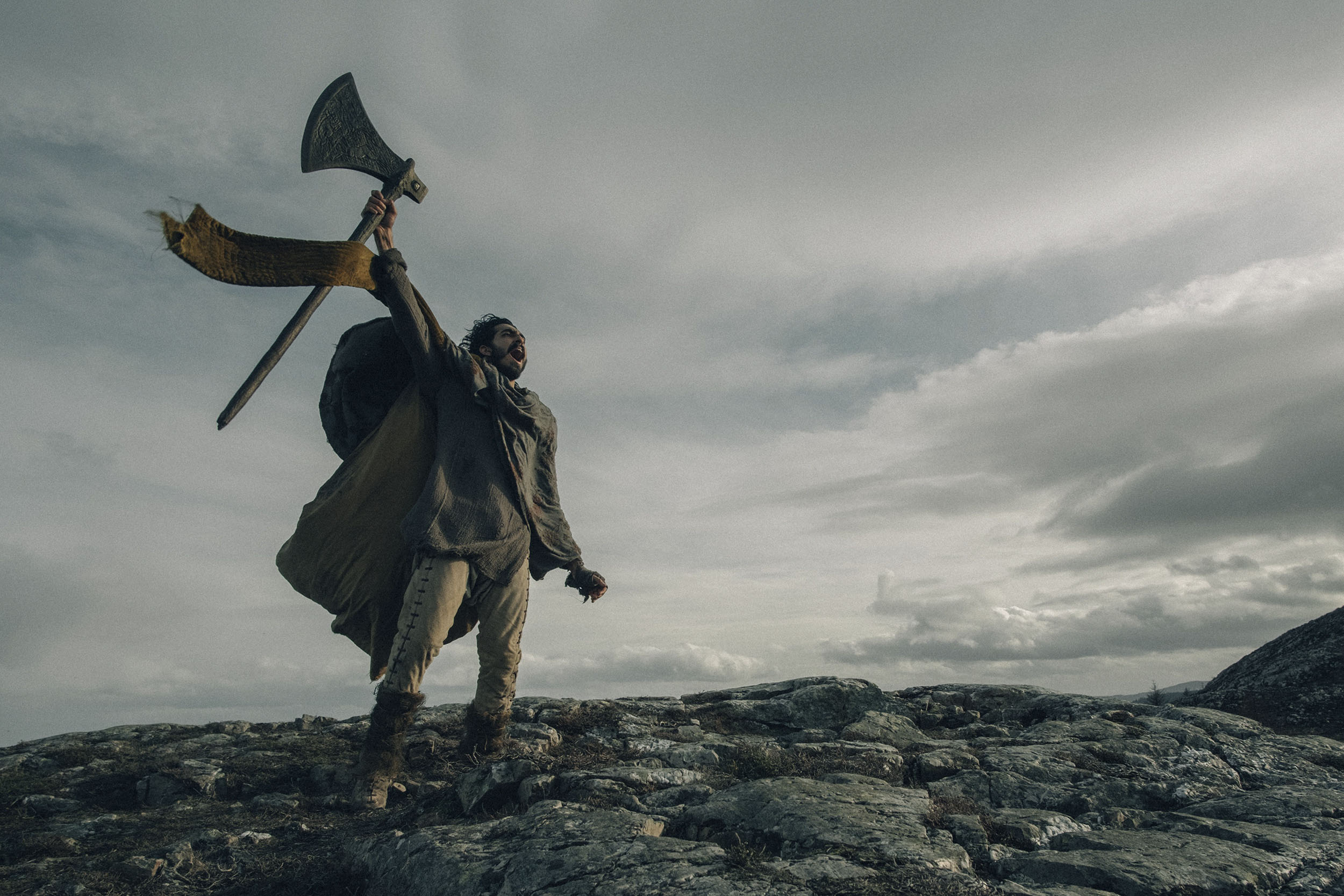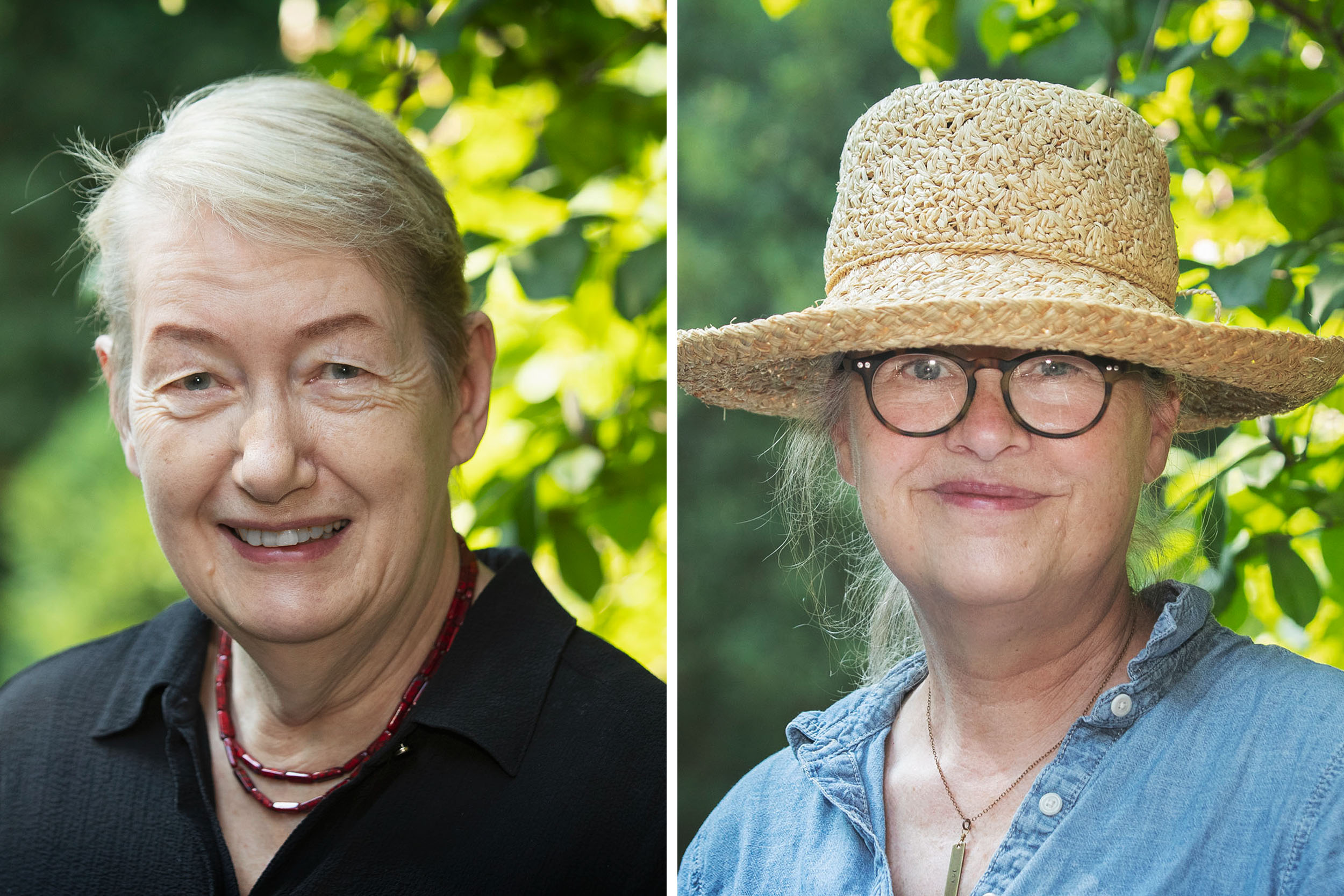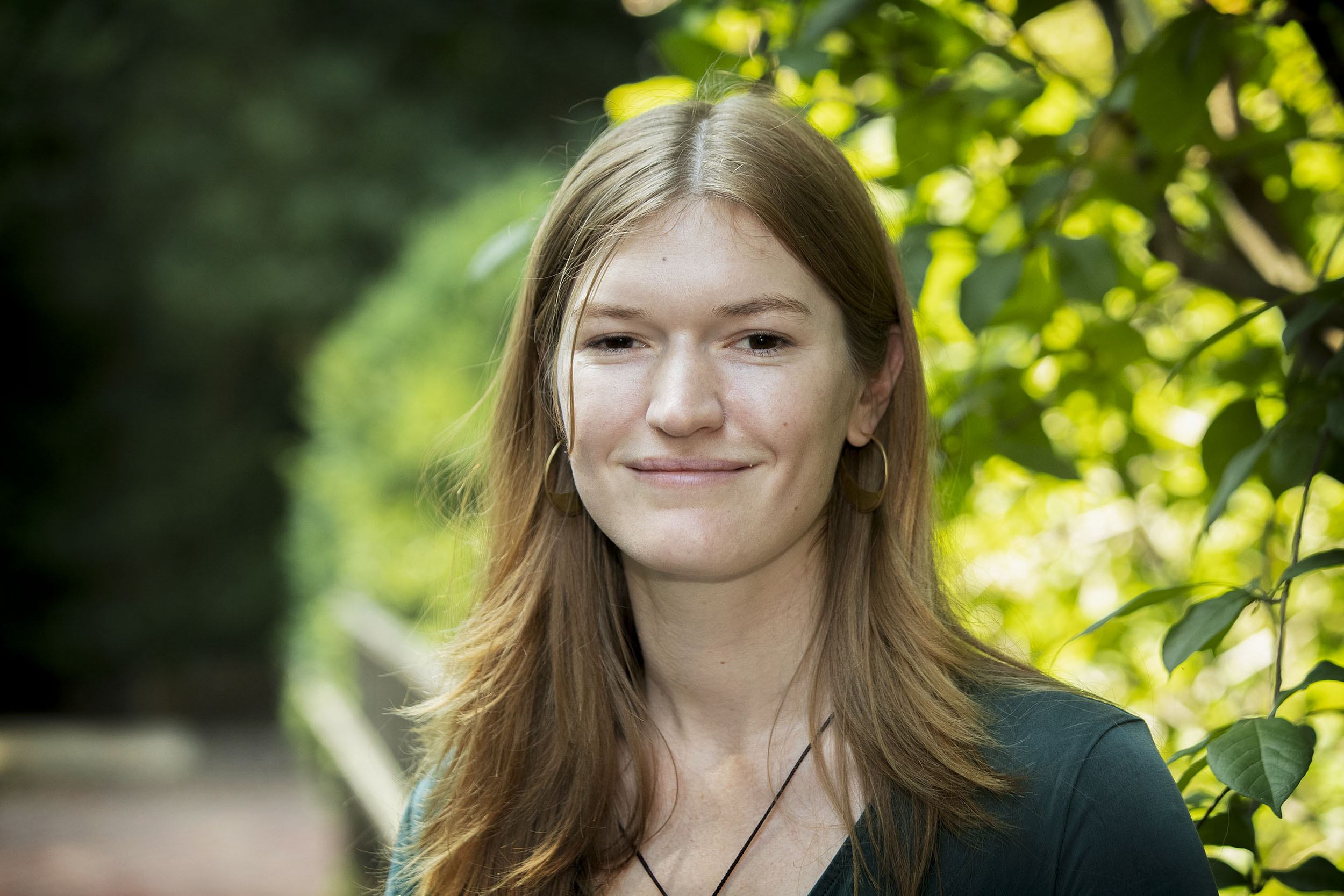A trio of literary scholars at the University of Virginia are among those reacting to a new film dramatizing a British tale of King Arthur’s court, held for a year due to the pandemic and now in theaters. “The Green Knight,” released this summer, is based on “Sir Gawain and the Green Knight,” an English poem that has survived more than seven centuries.
Associate professors of English Elizabeth Fowler and Clare Kinney have been teaching the anonymous 14th-century poem for many years and will do so again this fall semester. One of Kinney’s teaching assistants, doctoral student Katherine Churchill, recently published a critique of the movie on Electric Lit.
The story of the poem begins during a New Year’s Eve feast at King Arthur’s court, when a strange figure, the Green Knight, pays an unexpected visit. He issues a challenge for any knight to strike him with his own axe, on the condition that the challenger find him in exactly one year to receive a blow in return. Sir Gawain takes the challenge and chops off the head of the Green Knight, who, to everyone’s surprise, picks up his severed head and rides away.
As the year’s end approaches, Gawain leaves Camelot in search of the Green Knight. After a long journey with hazardous adventures, Gawain finds a castle, where he is welcomed by the lord and lady. The lady tries to seduce Gawain several times, to no avail. Then Gawain must leave, to seek the Green Knight and to meet his fate.








